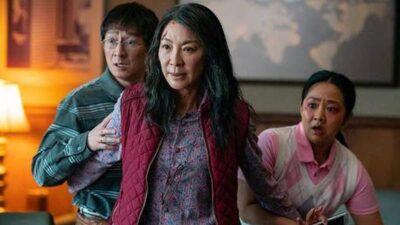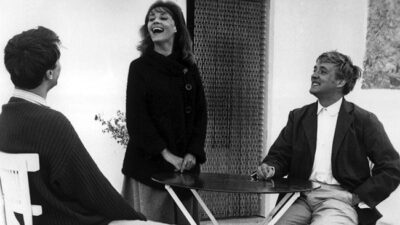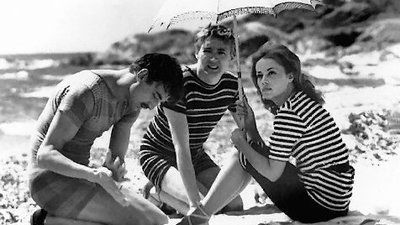French filmmaker Céline Sciamma’s follow up to the powerful Portrait of a Lady on Fire is the much different but equally beautiful and uniquely emotional Petite Maman. The protagonist is eight-year-old Nelly, who accompanies her parents to her mother’s childhood home after the death of the grandmother. As Nelly explores the house and nearby woods, she meets a neighbor her own age building a treehouse. What follows is a tender tale of childhood grief, memory and connection.

As of Friday we’ll be playing Petite Maman at seven of our eight locations, but unfortunately the engagements may have to be brief. Please read some of the effusive praise of this lovely film and consider enjoying and supporting it as intended, theatrically:
“There isn’t a false note or superfluous image in Petite Maman, which runs a just-right 72 minutes. It’s perfect.” ~ Manohla Dargis, New York Times

“It’s a perfect creation in miniature, one that doesn’t have a wasted frame but that also never feels like it’s in a rush.” ~ Alison Willmore, New York Magazine/Vulture

“We forget a lot of things when we grow up. This film is a wonderful reminder.” ~ Odie Henderson, RogerEbert.com

“Poetry on screen can’t be constructed, or willed into existence. Under the right circumstances, though, it can be allowed. Ms. Sciamma, whose previous feature was the passionate and extravagant Portrait of a Lady on Fire, has created those circumstances.” ~ Joe Morgenstern, Wall Street Journal
“No less than the condition of childhood itself, the movie opens up a world of possibilities, all of them beautiful and beguiling — and over all too soon.” ~ Justin Chang, Los Angeles Times














